No products in the cart.
The Baron Sword (#1550)
The Baron Longsword
Type XVIa
Our latest sword, The Baron is an extremely well balanced Medieval weapon that is fun to wield. We are very proud of this piece. It is light, responsive, seamless and a true joy to wield. Exemplifying the spirit and aesthetic of pre-Renaissance Italy, the Baron Sword is a classic transitory piece. The Baron longsword is based on the Oakeshott Type XVIa design, a style of longsword that was an evolutionary step between the arming swords of the Middle Ages and the fencing longswords of the Renaissance. The long, double-fullered blade performs incredibly well when put through its paces, straddling the line between light handling and power. Steel fittings and a scentstopper pommel complete this piece, a powerful reminder of the early days of Italy’s transformation into the hear of Renaissance Europe.
Blade: 5160 High Carbon Steel. Dual Tempered HRc 60
48-50 at the core
Fittings : Mild Steel
Blade Thickness: 1.34 mm
Total Length: 44″
Blade Length : 32″
POB:3.5″
Weight: 3lbs 4 oz.
USD615.00 – USD775.00
SKU: N/A Categories: Longsword, Medieval Swords, New Products, Swords, Two Handed Sword
The Baron Longsword
Type XVIa
Whoever wants to see fencing as one beautiful song
Should study this book that the scholar Fiore has made:
Which book is called the Flower of Battle.
– Fiore dei Liberi
Compared to Eastern Martial Arts there exist relatively few surviving examples of historical European swordplay (sometimes called Historical European Martial Arts). Variations of incredibly well-documented Eastern arts exist across Asia, whereas the European examples are much more sparse. This is not to say that no such training existed – we do have some surviving texts, and while fencing schools typically did not stay in operation for centuries after swords fell into disuse we do have some idea of what was taught. Tragically, though, the oldest training regimes are lost to time. The exception to this is the works of Fiore dei Liberi, late 14th century knight and author of one of Europe’s oldest known fencing manual – Fior di Battaglia, The Flower of Battle.
Born in 1350 CE Italy to noble heritage, Fiore dei Liberi belonged to a family of landed knights in service of the state. From a young age Fiore showed significant prowess in the arts of martial combat, and his family paid well for him to train
under Italian and German masters. Blessed not only with skills but with no small amount of confidence, Fiore advanced to the point that his masters purportedly began asking him to train them. According to his writing Fiore defeated several of the most “unworthy” of those masters in duels with sharpened swords, and left sometime prior to 1383 CE to begin travelling and training students across the Empire.
The text of Fior di Battaglia grew out of Fiore’s experiences and expertise. Part an account of Fiore’s deeds, part instruction manual on melee combat, the book is startling in its scope and breadth. Grappling, dagger-fighting, one-handed sword, sword and buckler, spear, quarterstaff, polearms, and the two-handed sword technique that would be perfected during the Italian Renaissance. Four copies of Fiore’s manuscript survived, giving us an incredible inside look into the mind and art of one of history’s greatest swordmasters – and the foundation on which much of the great Italian school of fencing was built.
The Baron Sword is a true longsword of the early Renaissance Italian style. Growing out of the designs of the late Middle Ages, the Baron – classified a Type XVIa in Oaeshott’s typology – is exactly the kind of sword that would be used in the Italian fencing schools. The long, tapered blade comes to a sharp point suitable for the cut-and-thrust two-handed style common in the Italian schools, and has deep double fullers that are more commonly seen on later European designs. The extended cruciform guard and scentstopper pommel, also distinctly Italian from this period, give the weapon a unique appearance. And when it comes to handling, the Baron will not disappoint – the long handle and stiff blade are perfectly balanced, and to more through even the most demanding technique with ease.
Bringing together all the lessons learned during long years of the Middle Ages, combined with the talent and skills of early Renaissance Italy, Italian swordmanship is among the pinnacle of what Historical European Martial Arts can offer. The Baron Sword would be an appropriate weapon for any student of those ancient masters – perhaps even good enough for the great Fiore dei Liberi himself
Hand crafted and properly engineered for durability in combat, the Baron Sword is a very solid, responsive, and a well balanced Medieval sword. The Baron boasts a long, tapered traditional blade common to 15th Century medieval swords.
The blade, hand forged with 5160 High Carbon Steel, is skilfully Dual Hardened for precise cutting while remaining flexible for enduring combat. In a nutshell, the Baron Longsword is a finely crafted sword that is built to last !
| Package : | Blunt blade & Scabbard : $615.00, Sharpened blade & Scabbard : $650.00, Blunt blade, Scabbard & Interlaced Sword Belt : $740.00, Sharpened blade, Scabbard & Interlaced Sword Belt : $775.00 |
|---|
2 reviews for The Baron Sword (#1550)
Add a review Cancel reply
This site uses Akismet to reduce spam. Learn how your comment data is processed.
Related products
Longsword
Rated 5.00 out of 5
USD590.00 – USD720.00Medieval Swords
Rated 5.00 out of 5
USD600.00 – USD760.00HEMA Swords, WMA Swords and Weapons
Rated 5.00 out of 5
USD250.00Medieval Swords
Rated 5.00 out of 5
USD580.00 – USD710.00Rated 4.78 out of 5
USD580.00 – USD710.00Fantasy Swords
Rated 4.00 out of 5
USD600.00 – USD860.00Claymore Swords
Rated 5.00 out of 5
USD670.00 – USD830.00Medieval Swords
Rated 4.75 out of 5
USD615.00 – USD775.00Arming Swords
Rated 5.00 out of 5
USD540.00 – USD695.00Medieval Swords
Rated 5.00 out of 5
USD535.00 – USD840.00Fantasy Swords
Rated 5.00 out of 5
USD640.00 – USD800.00Fantasy Swords
Rated 4.91 out of 5
USD650.00 – USD810.00


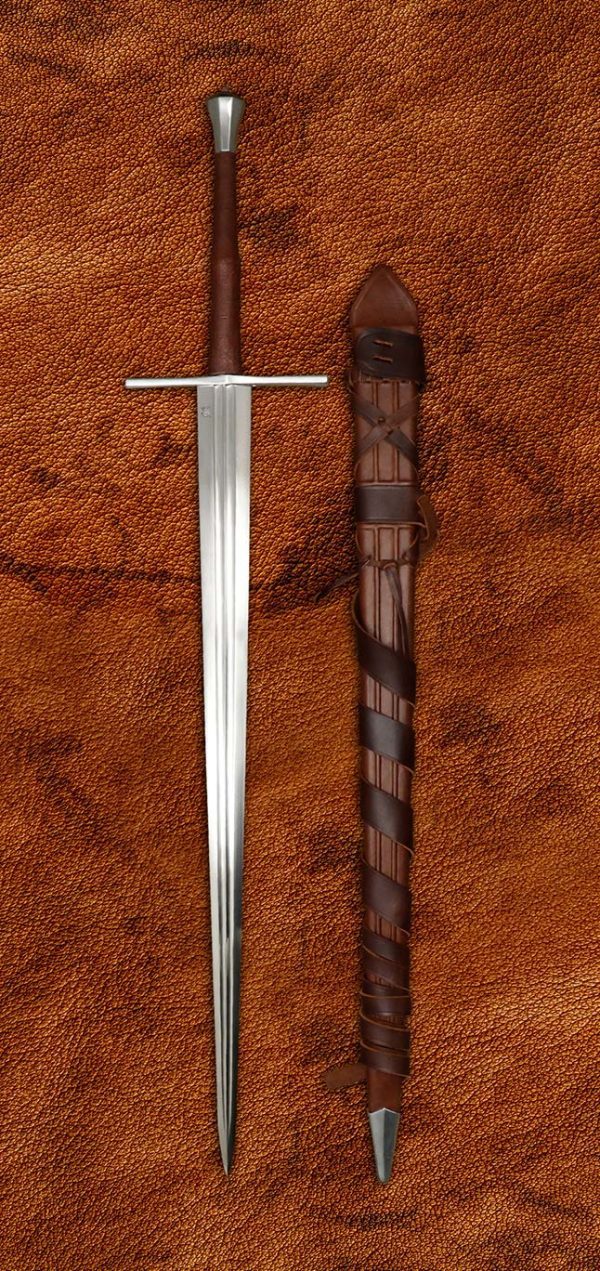
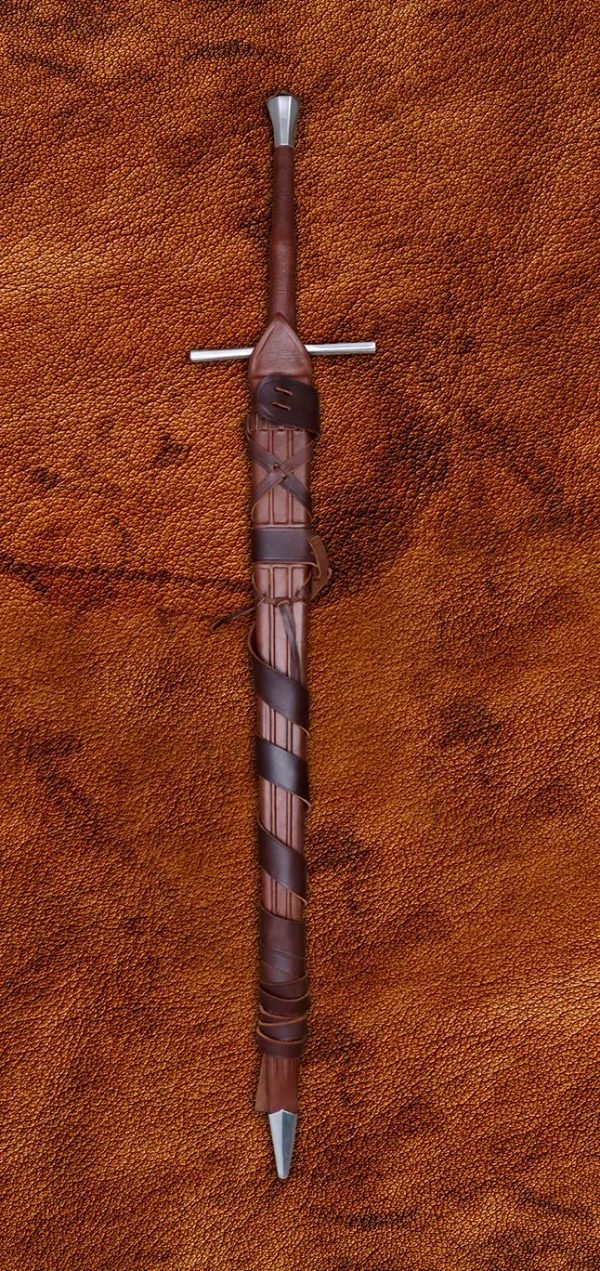
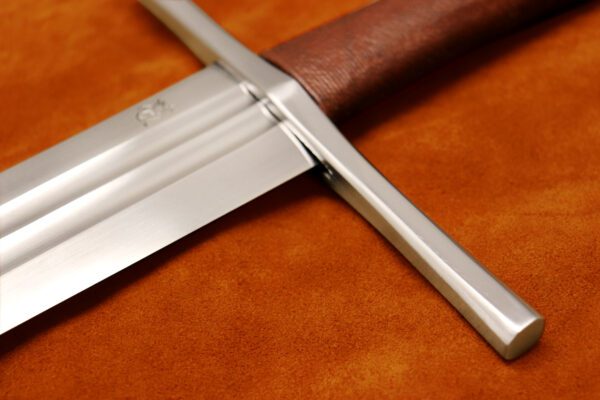
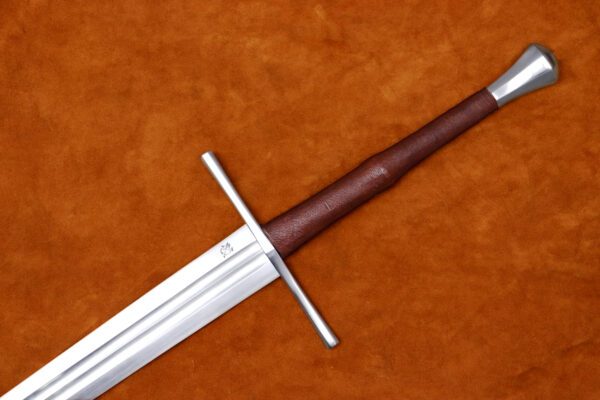
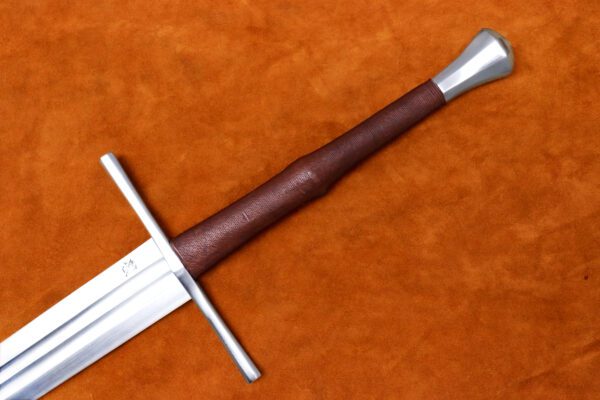
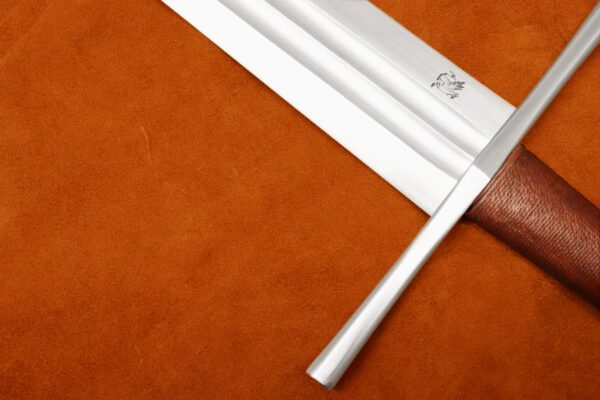

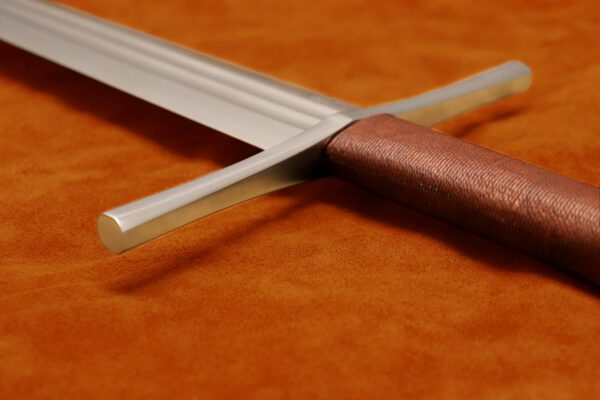
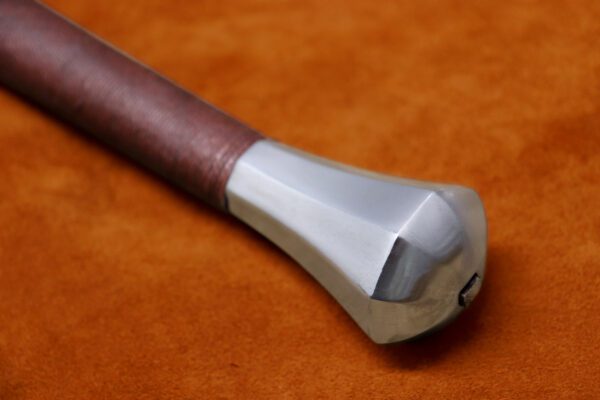

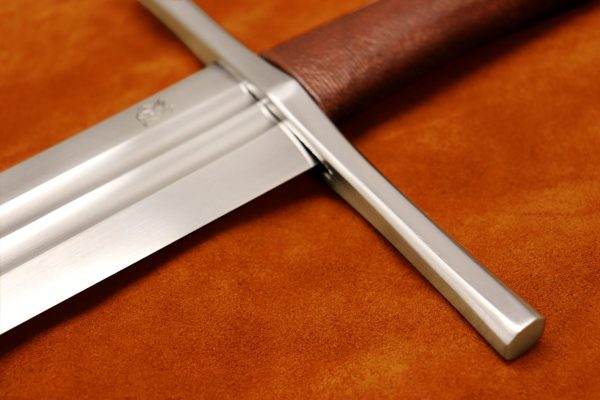
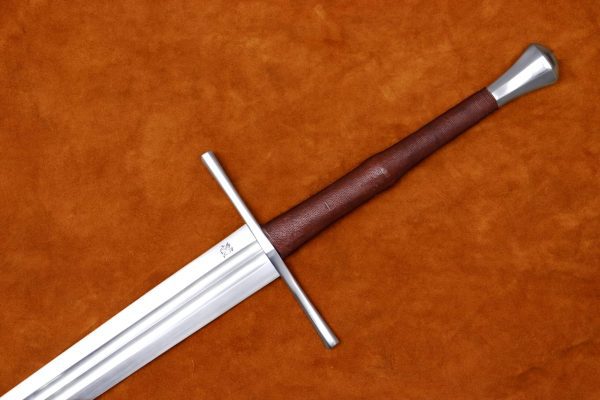
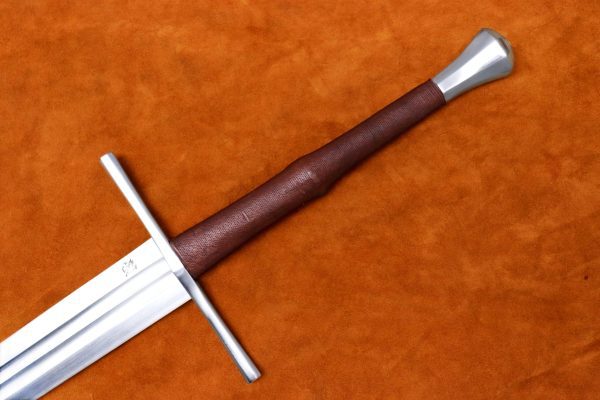
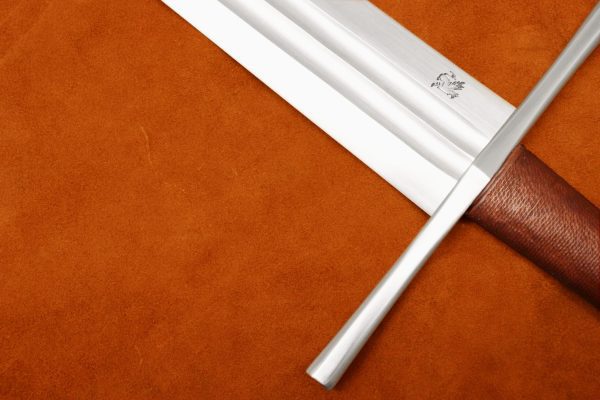

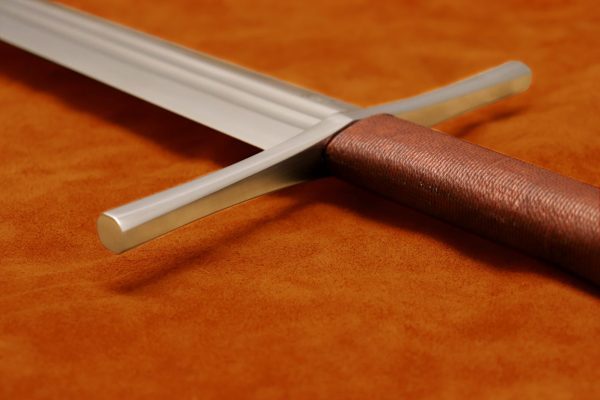
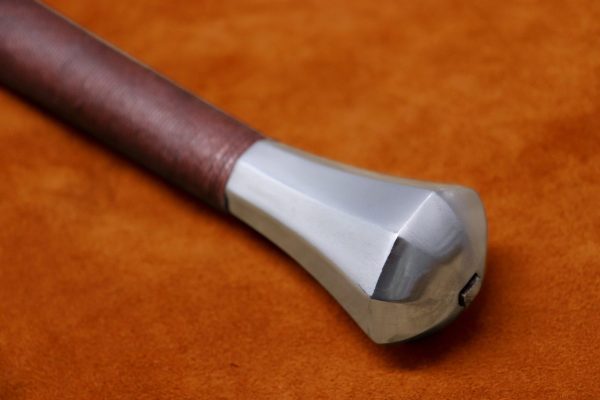
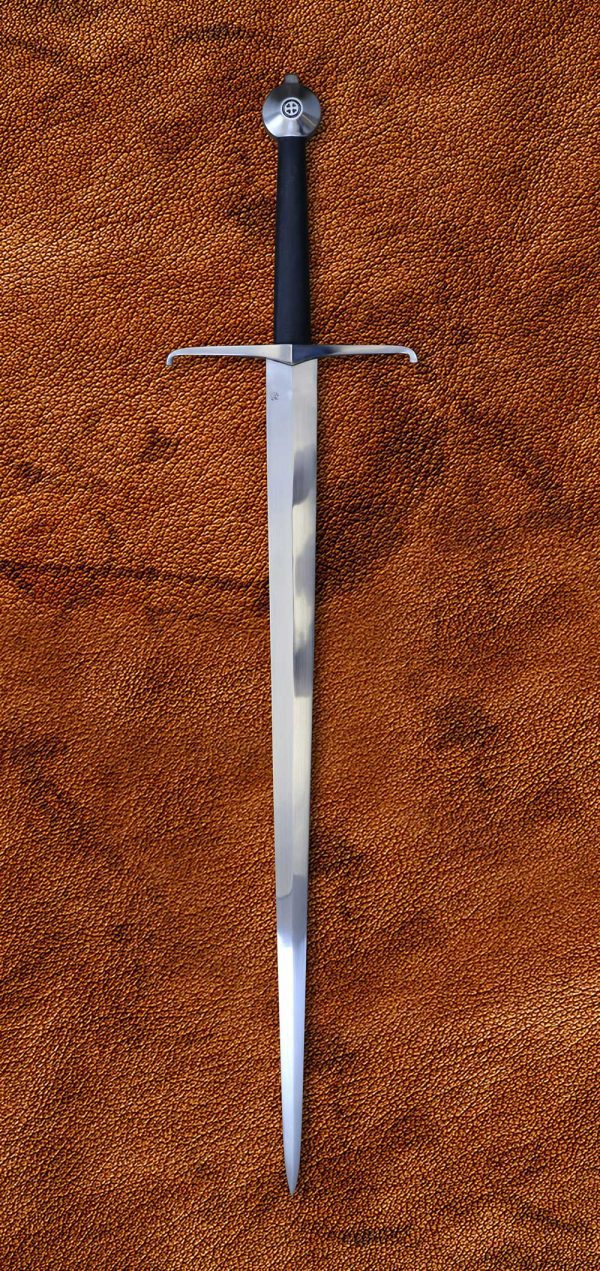
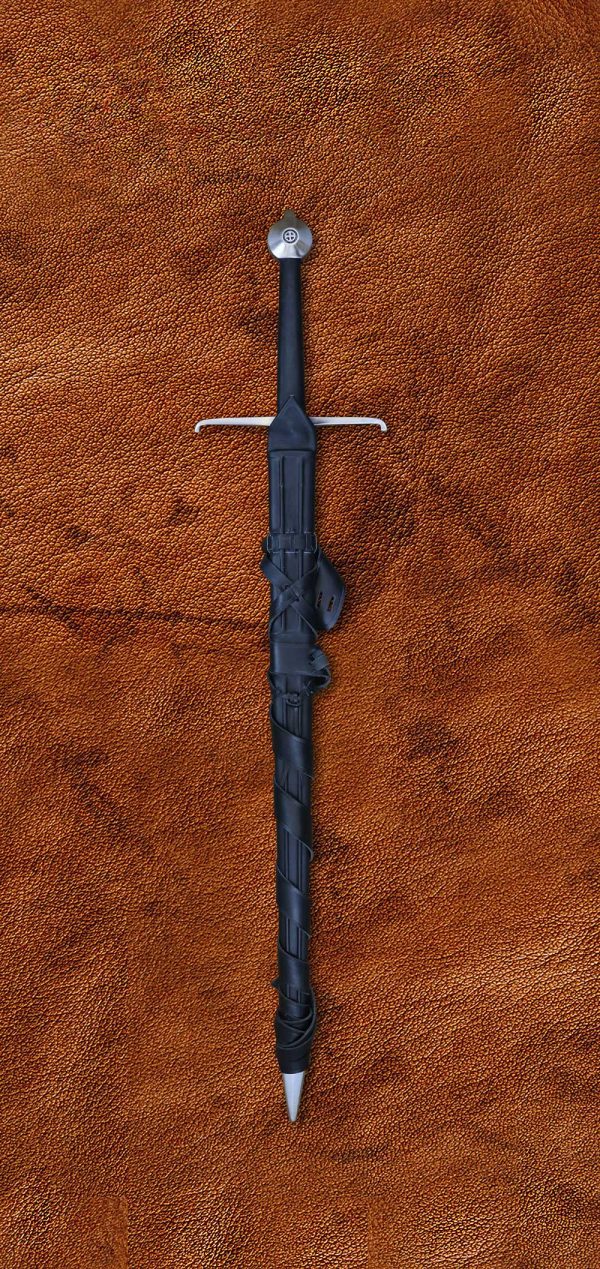
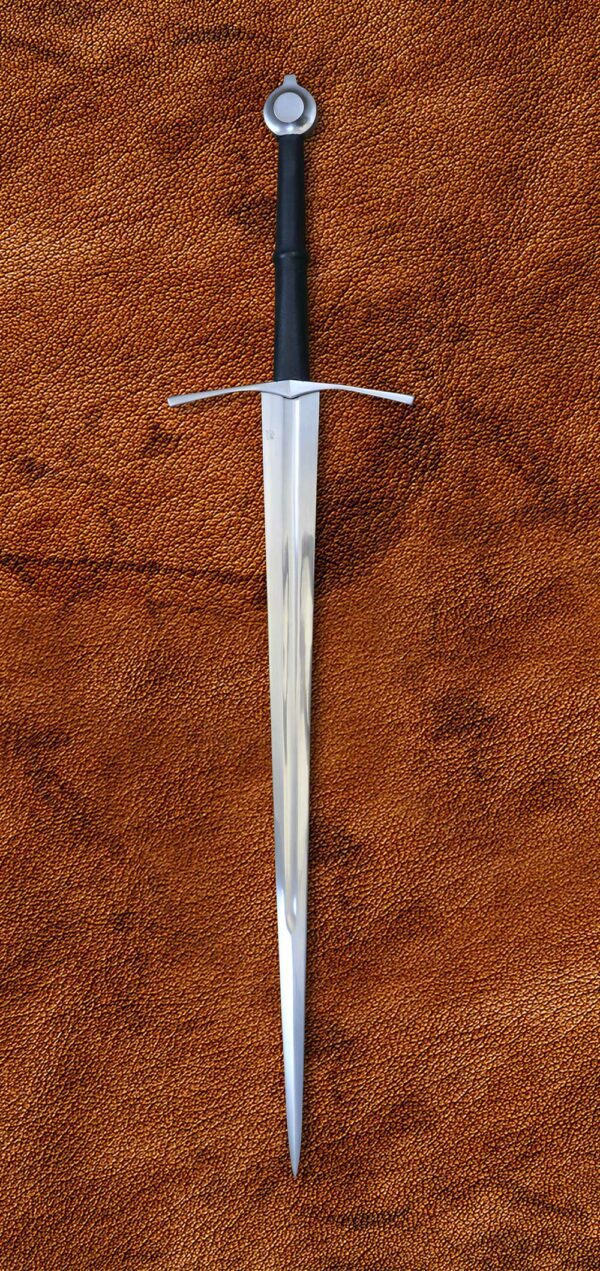
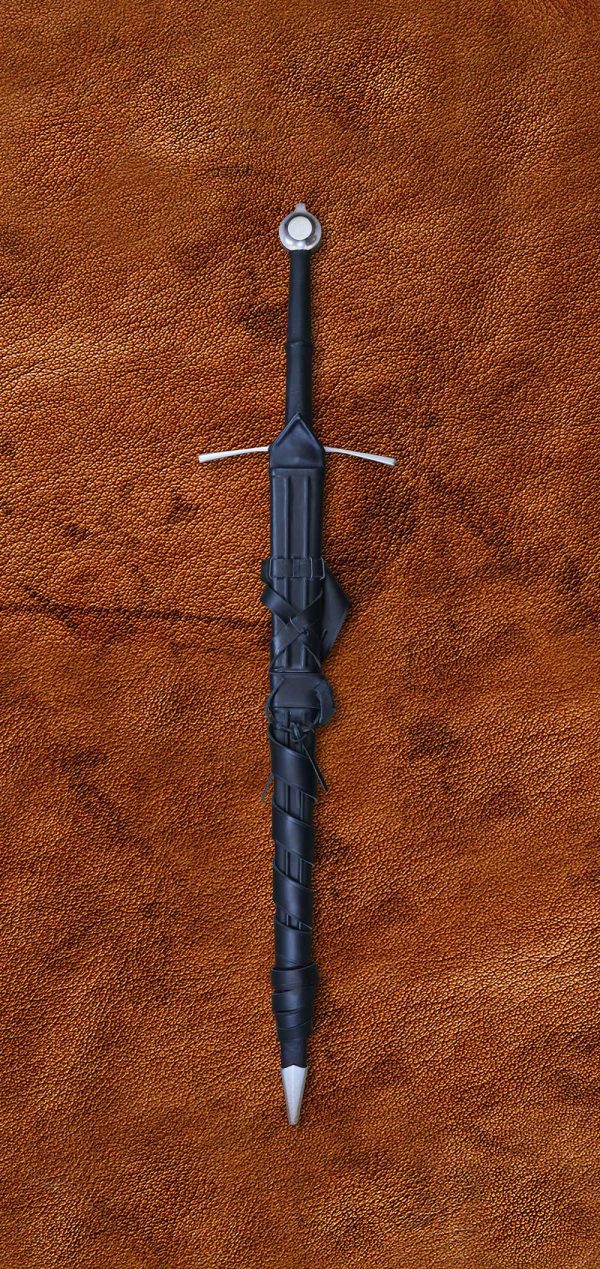
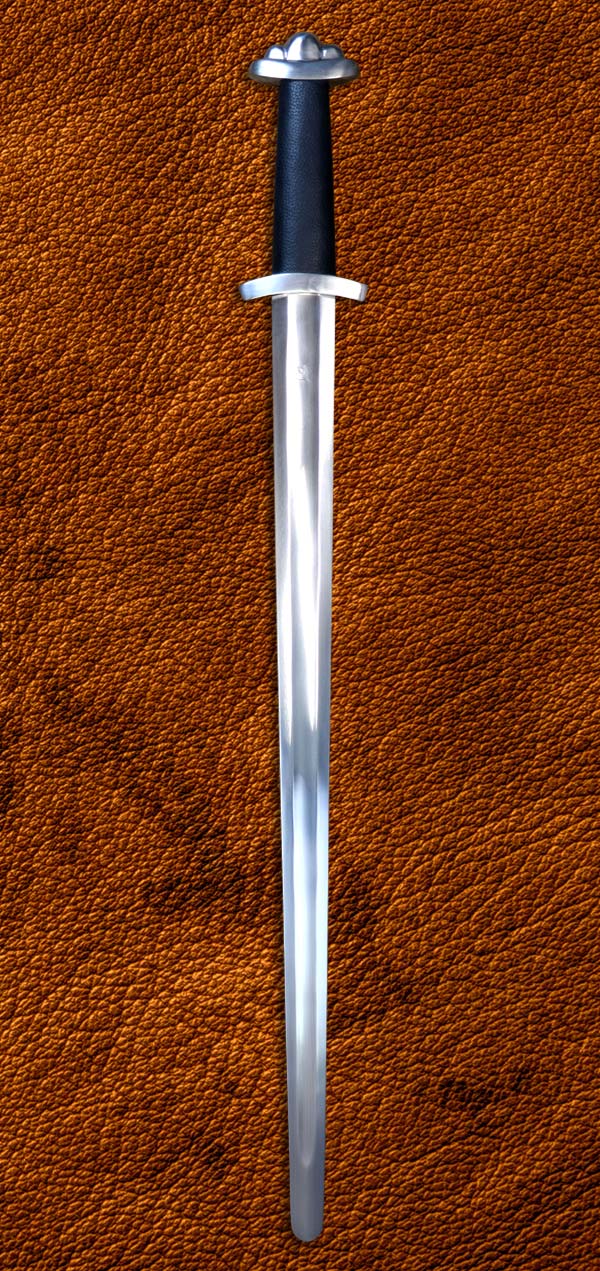
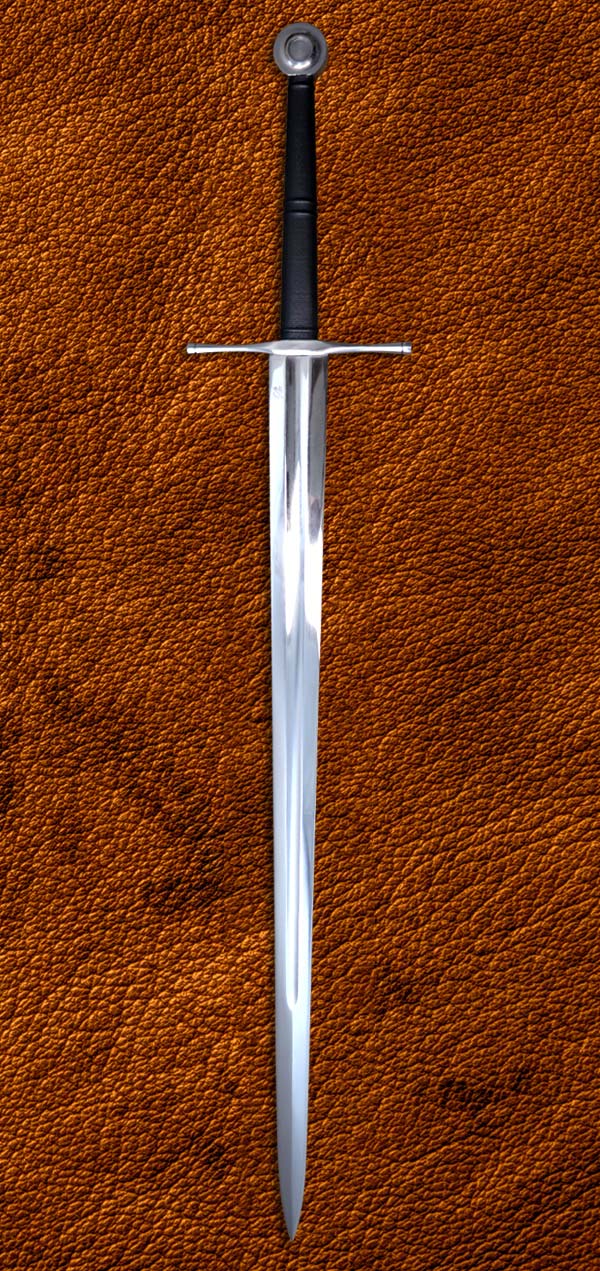
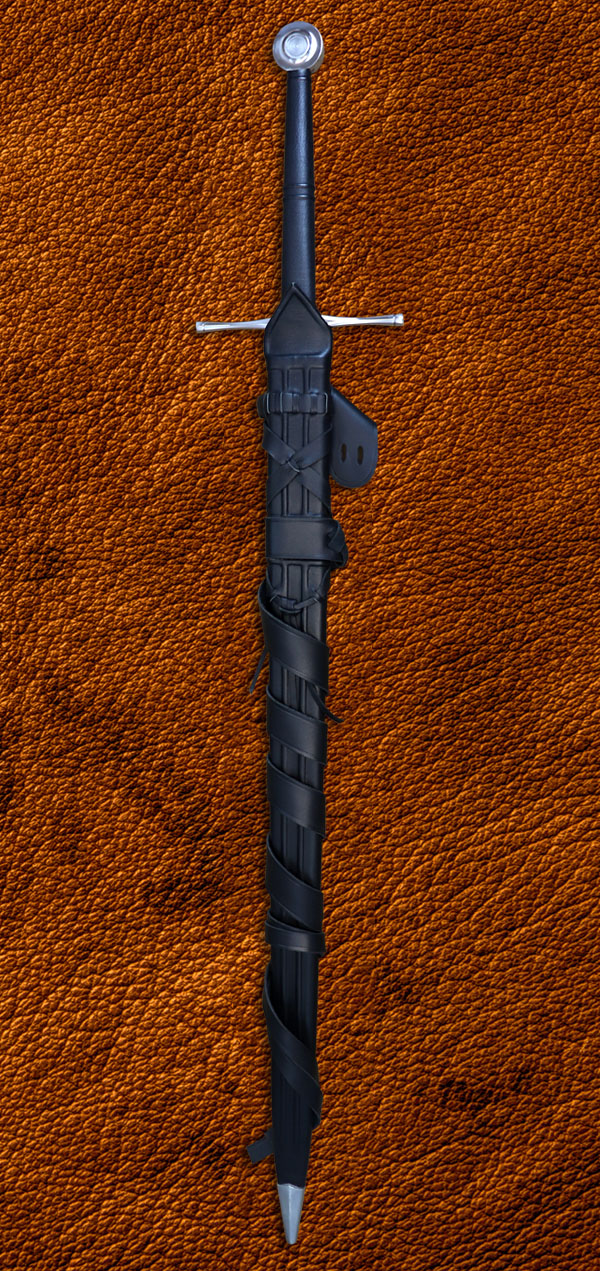
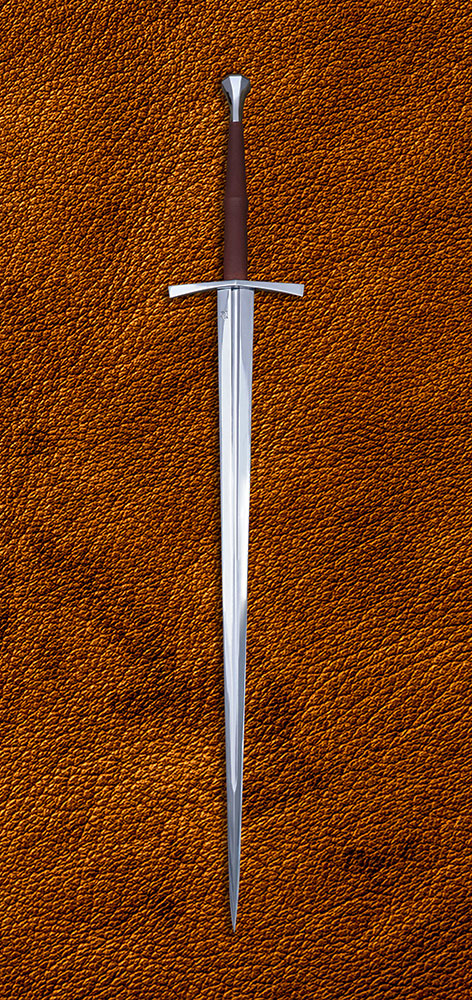
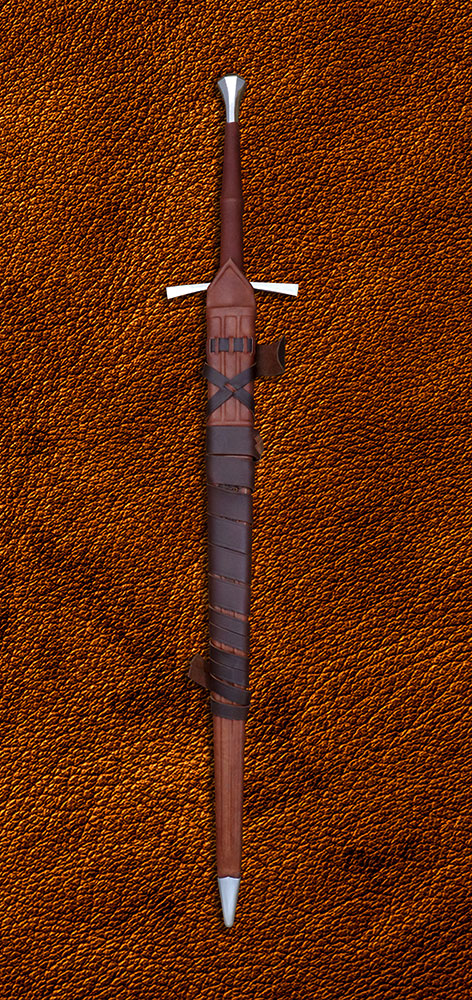
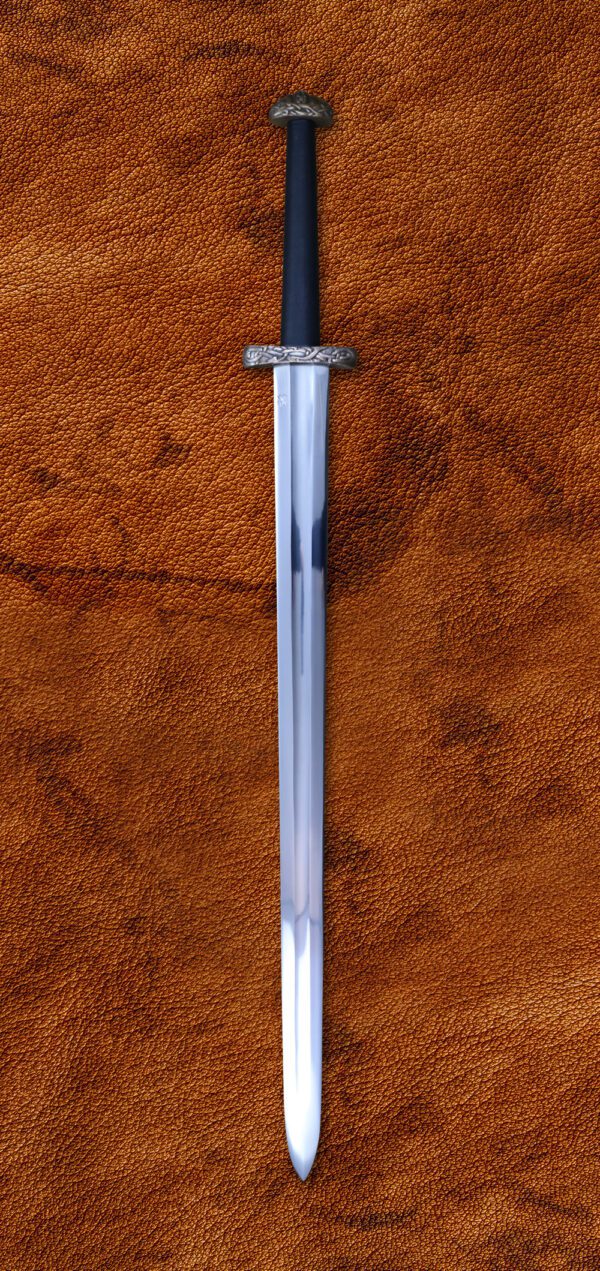
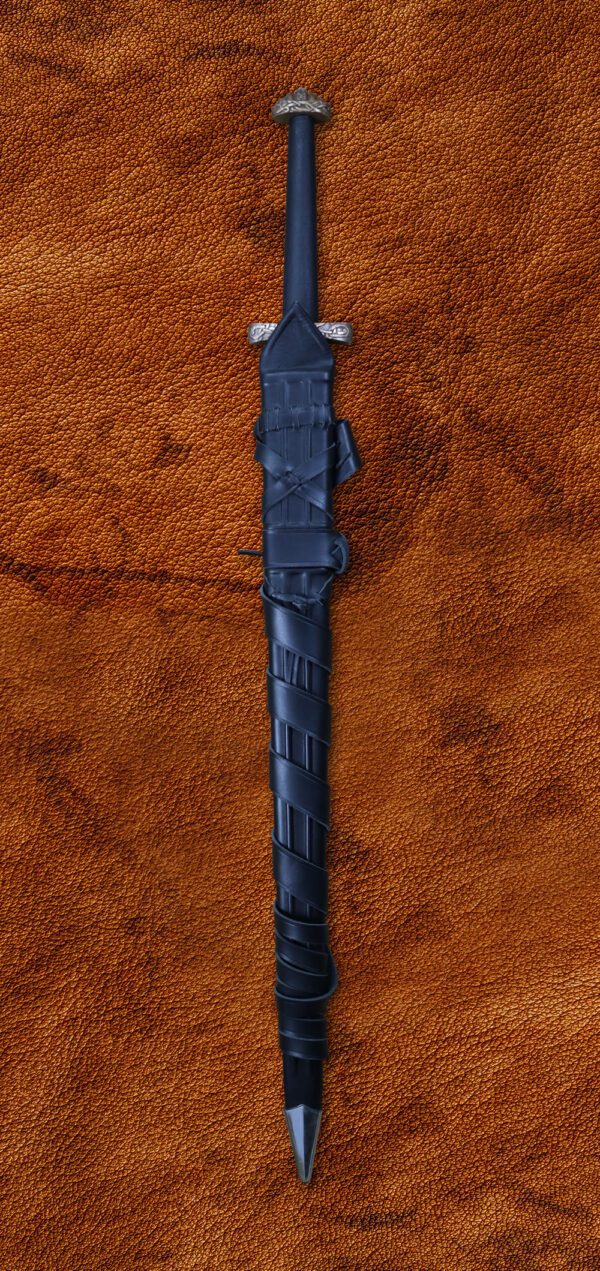
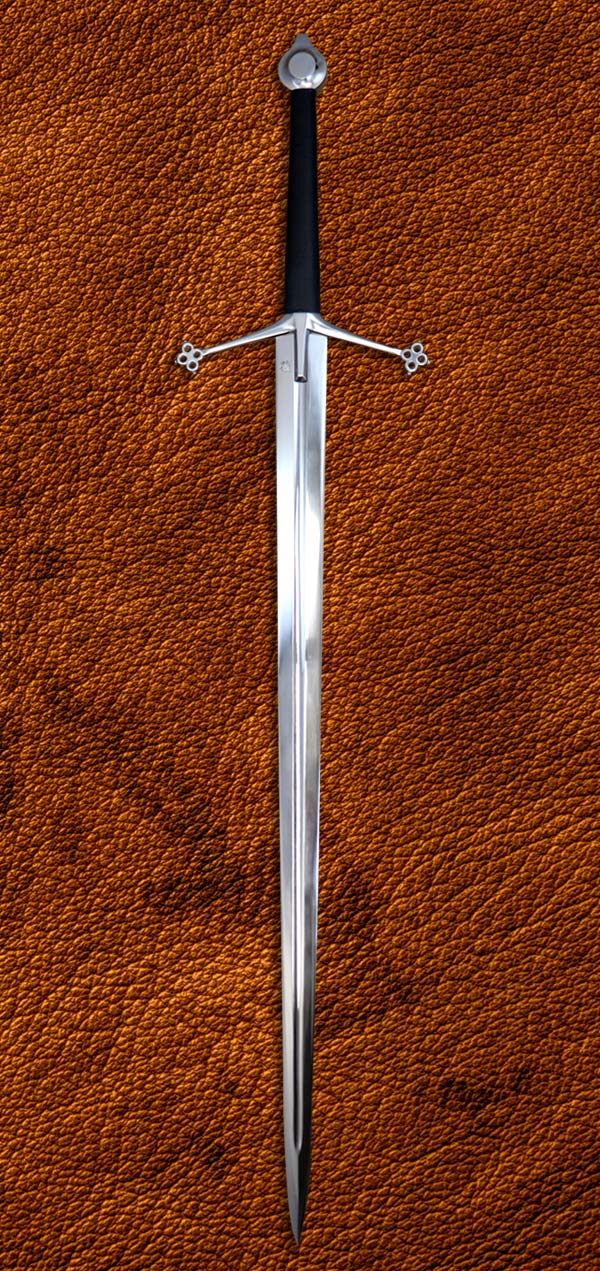
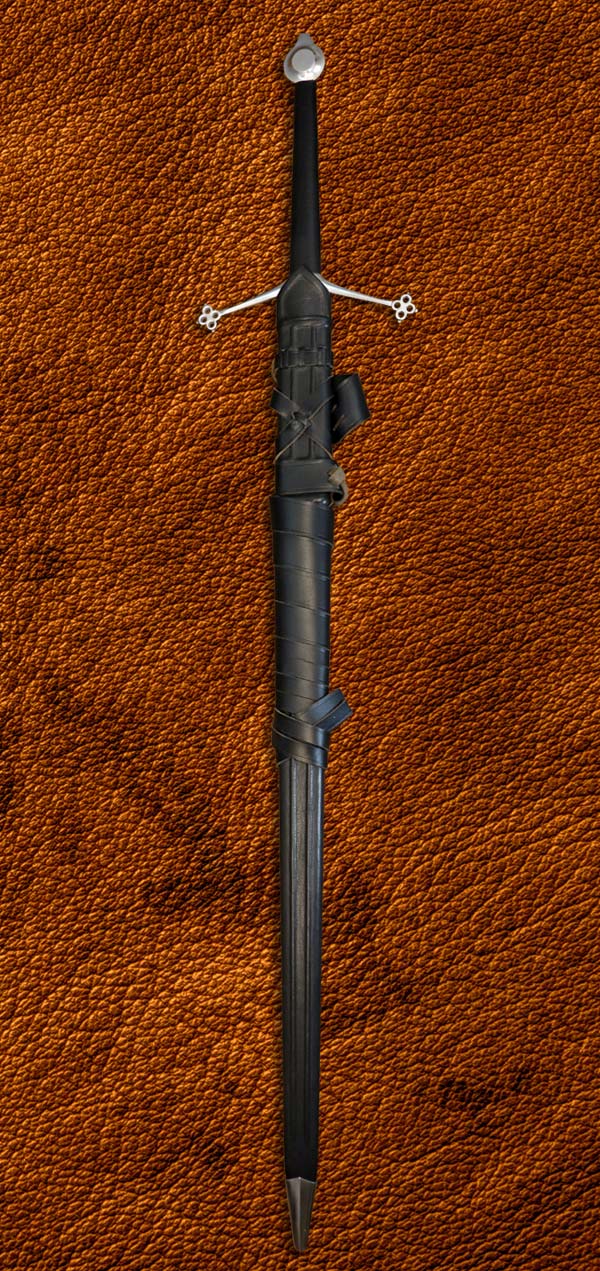
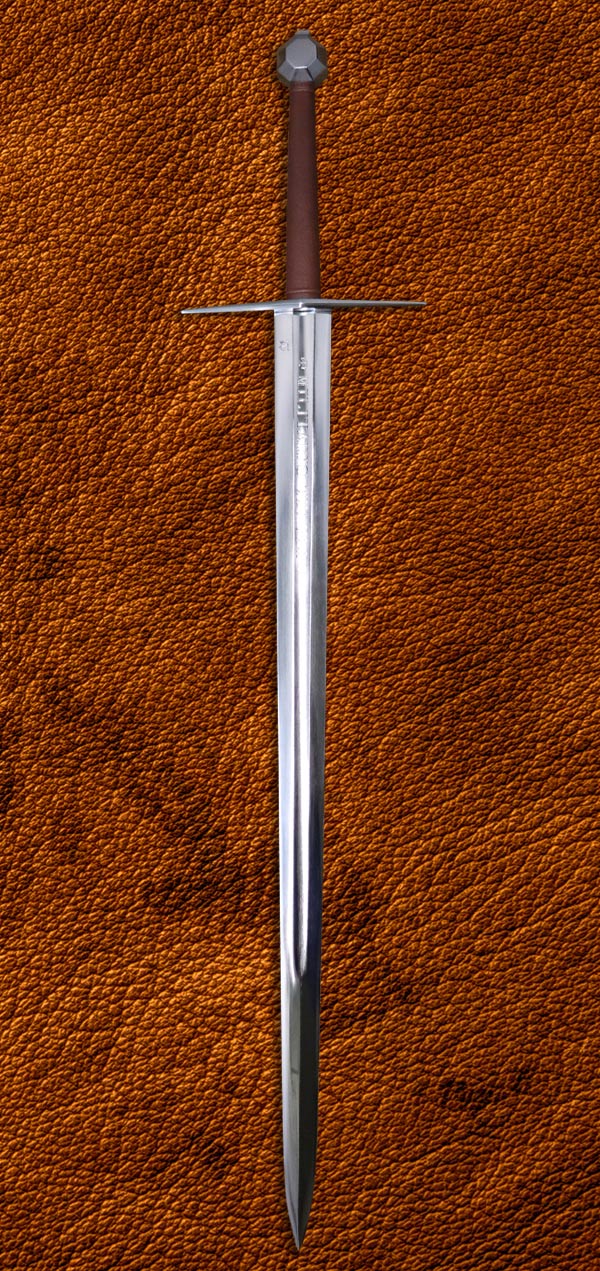
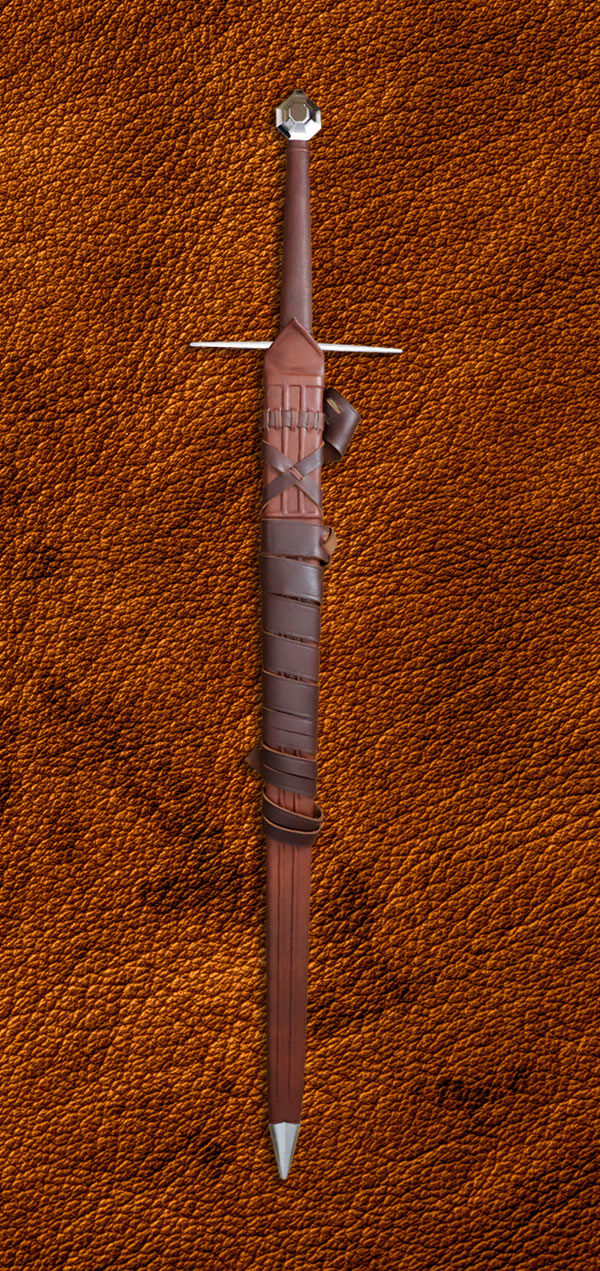
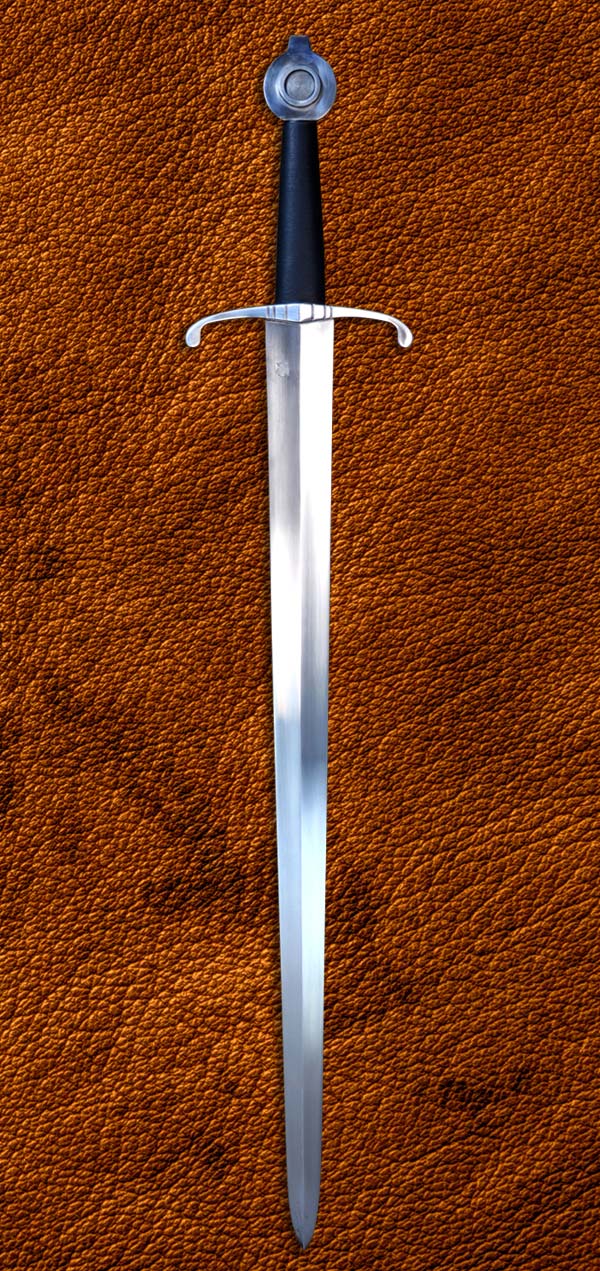
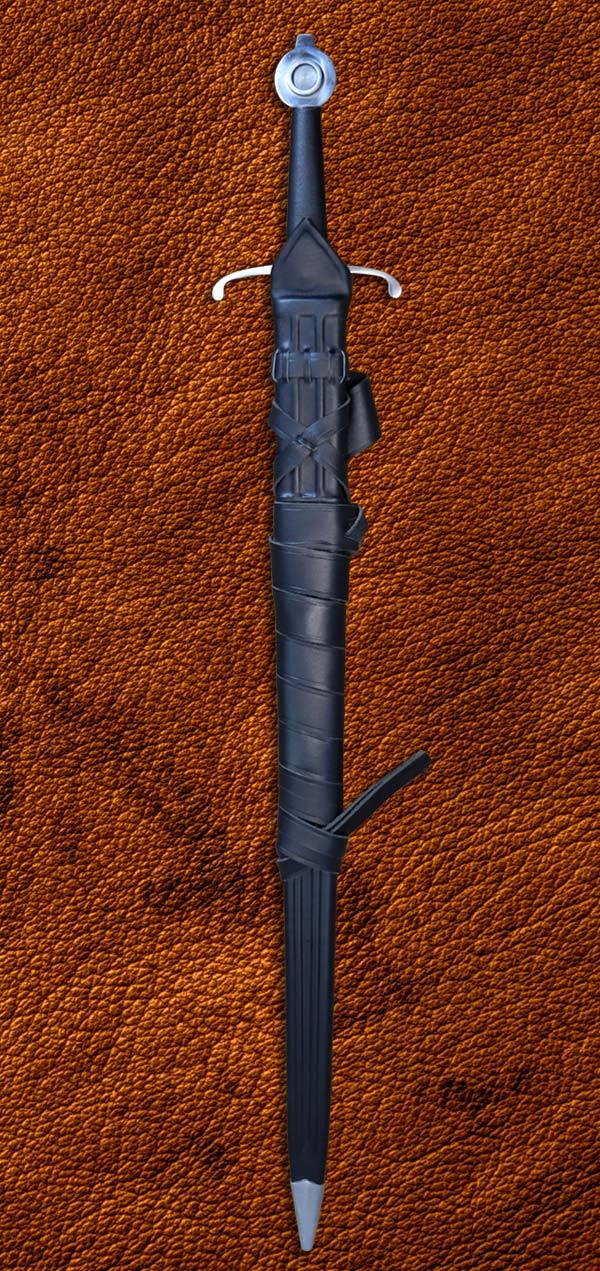
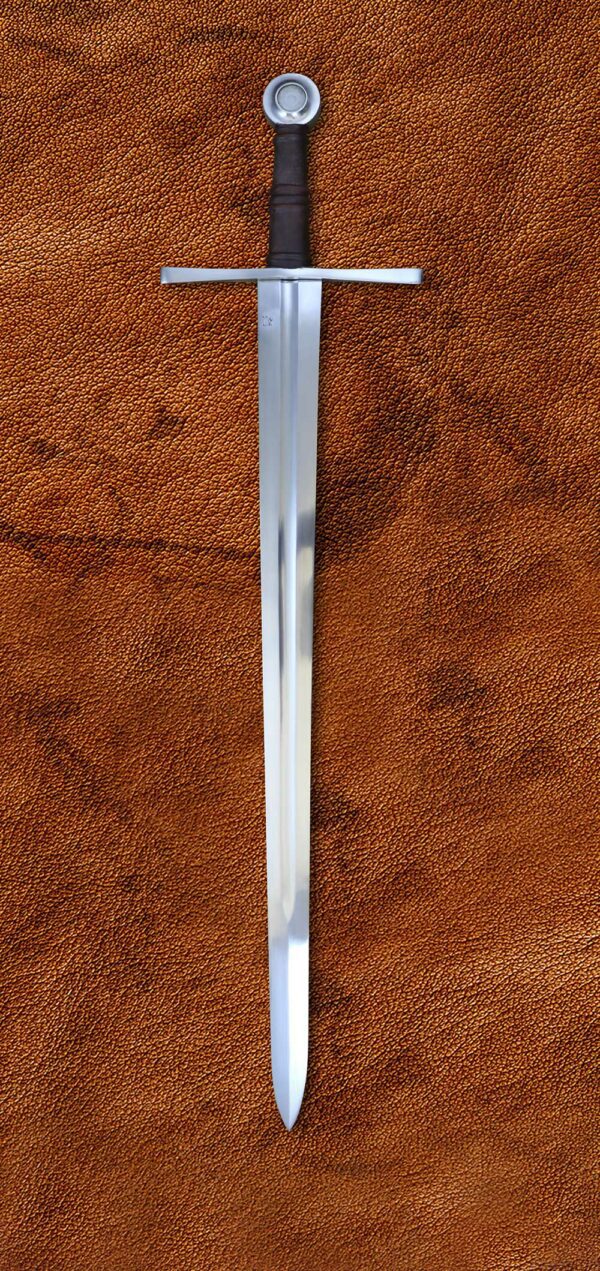
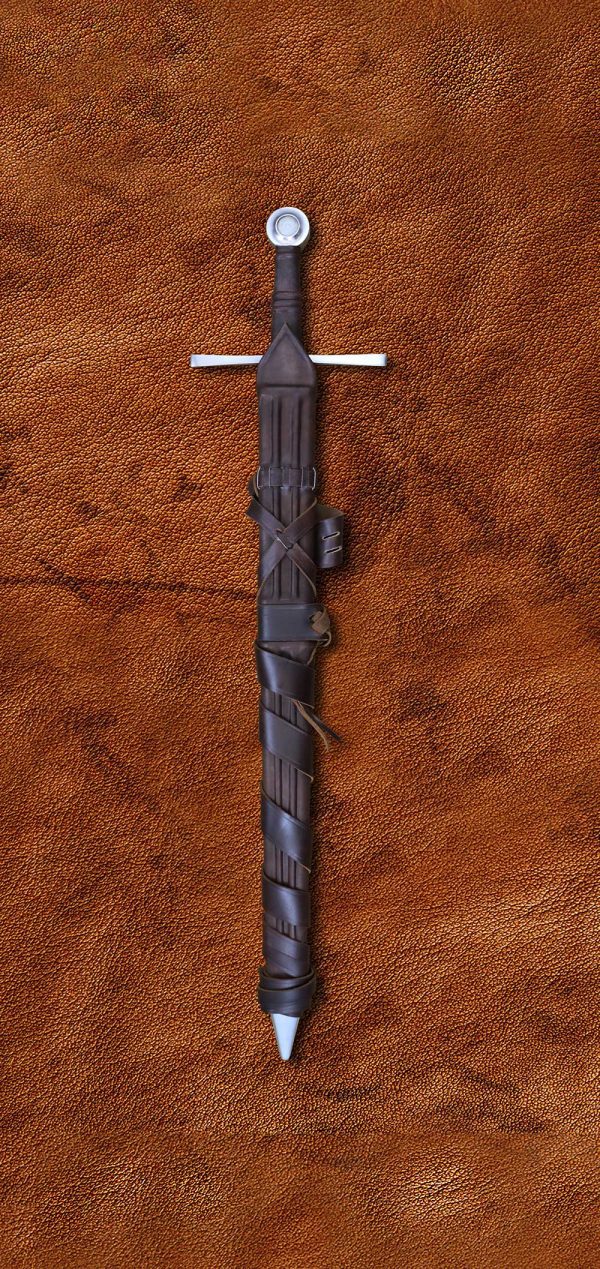
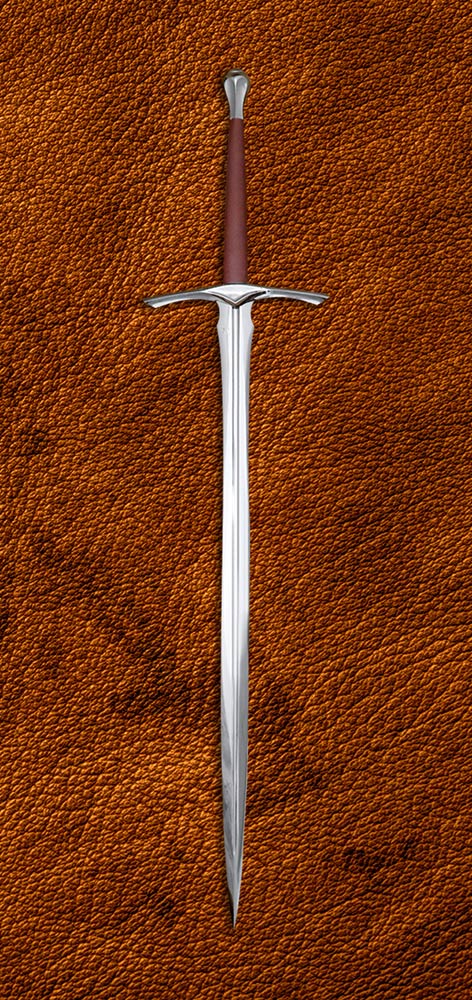
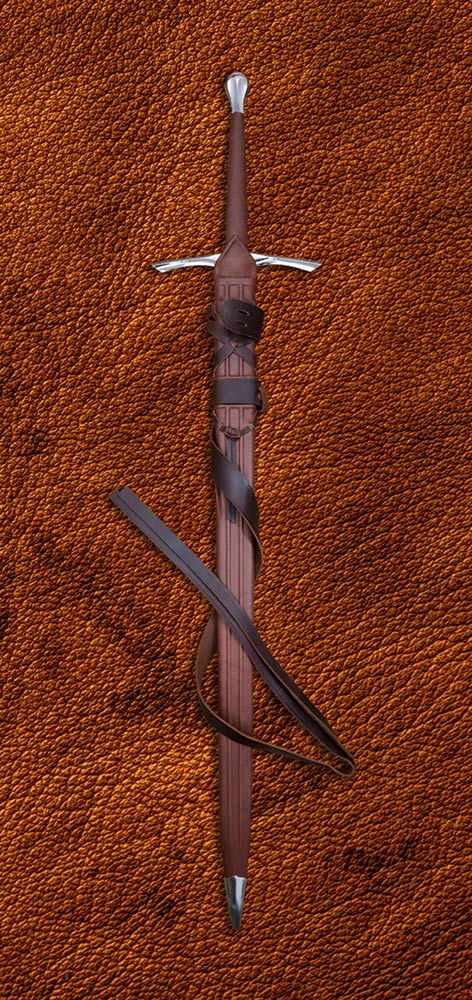
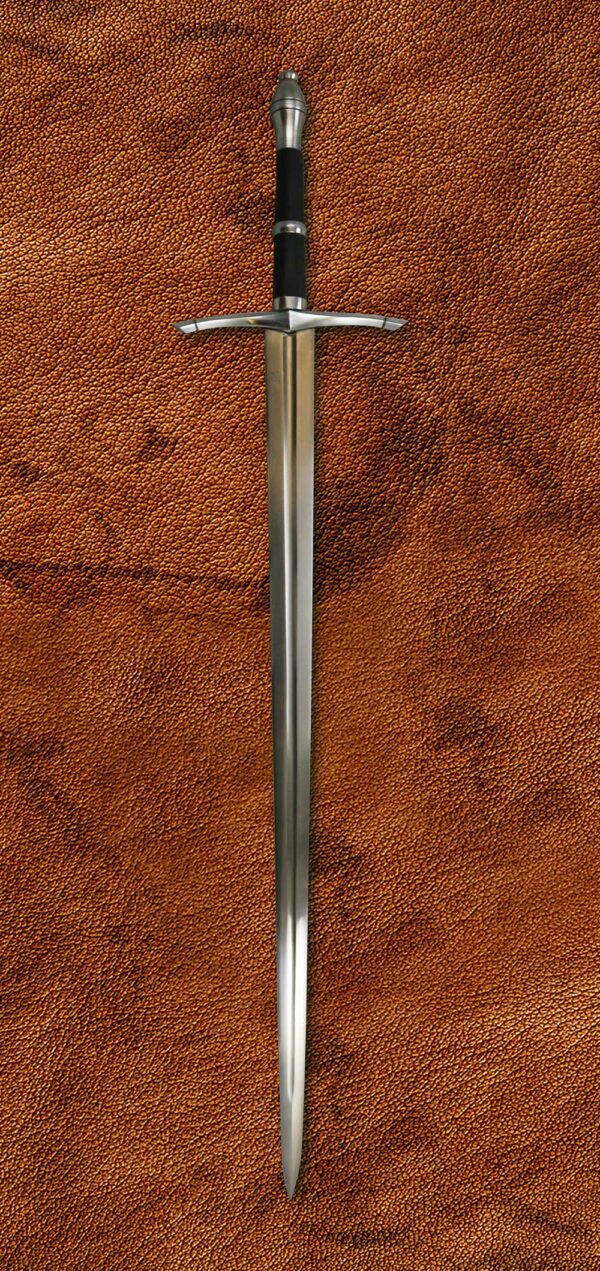
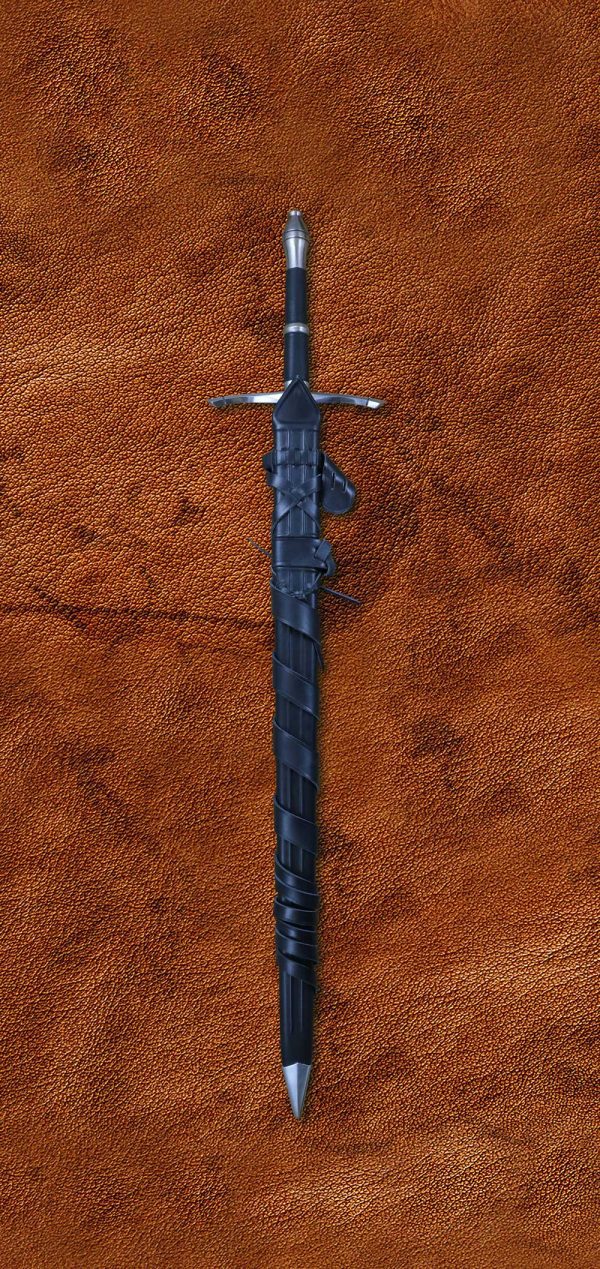
Judge Joe Brown (verified owner) –
The steel appears to be as advertised as well as the tempering. The balance is superlative. It handles well & is quick & responsive when using one hand; with two, it’s off the charts. This thing is fast & rewards your efforts. It cuts well & the point tracks your intentions. I’m not quite sure if the two lengthily fullers truly match Type XVIa characteristics but this sword is a wicked weapon … . Out of the many I’ve owned & trained with over the last 35 years, this is one of the best
Jon (verified owner) –
Beautifully balanced with excellent blade geometry. Survived my abusive testing without a scratch. Solid sword, and would recommend.